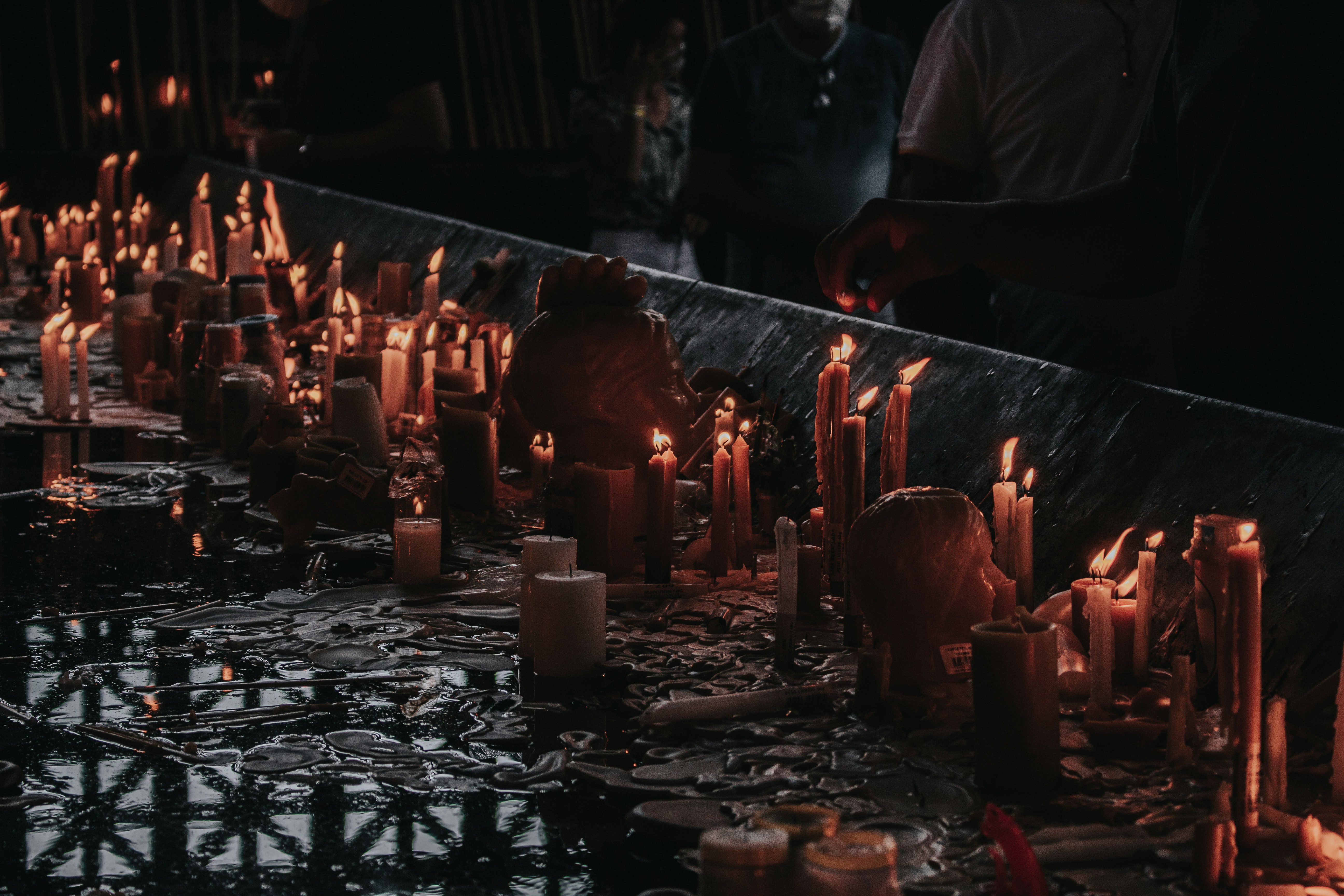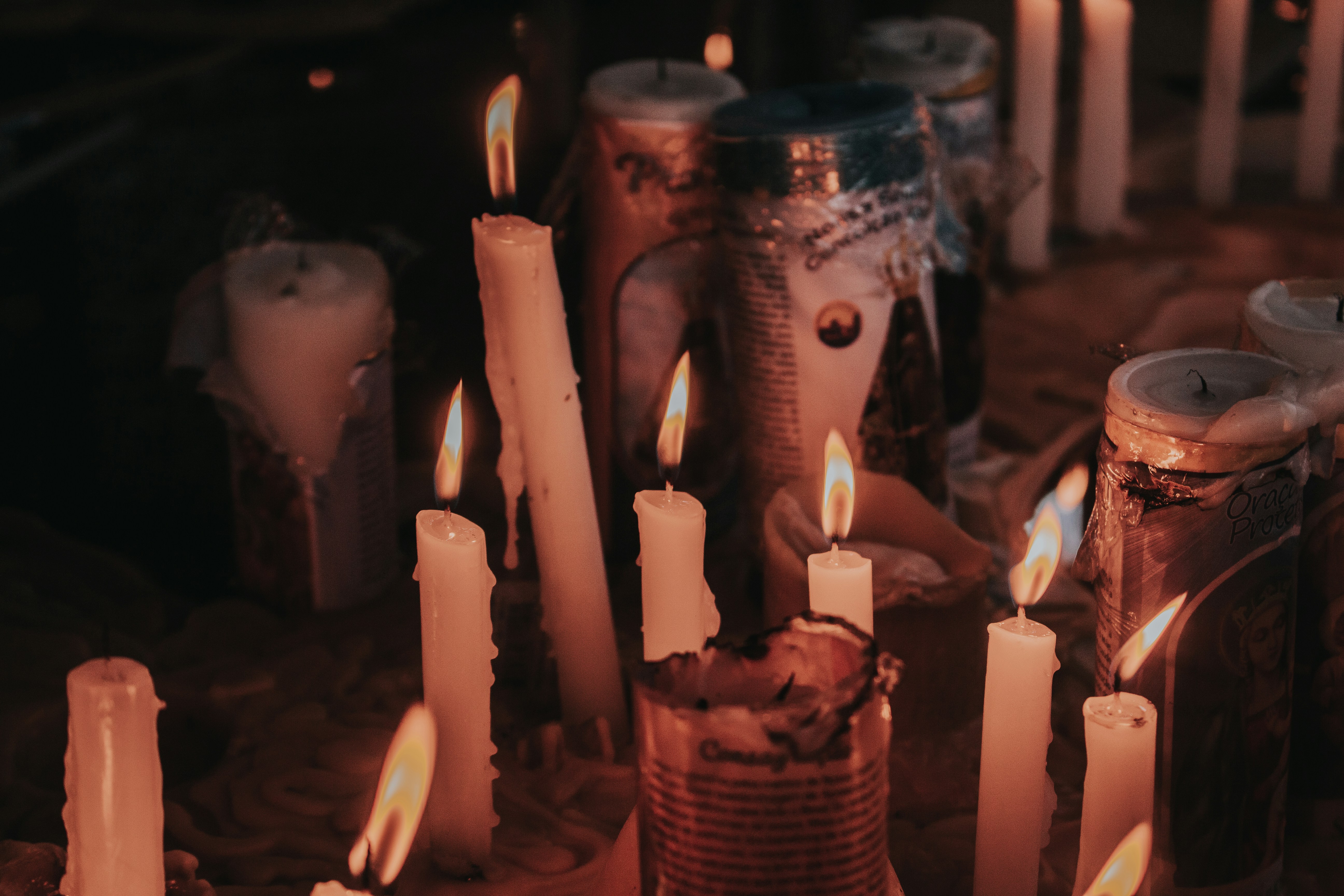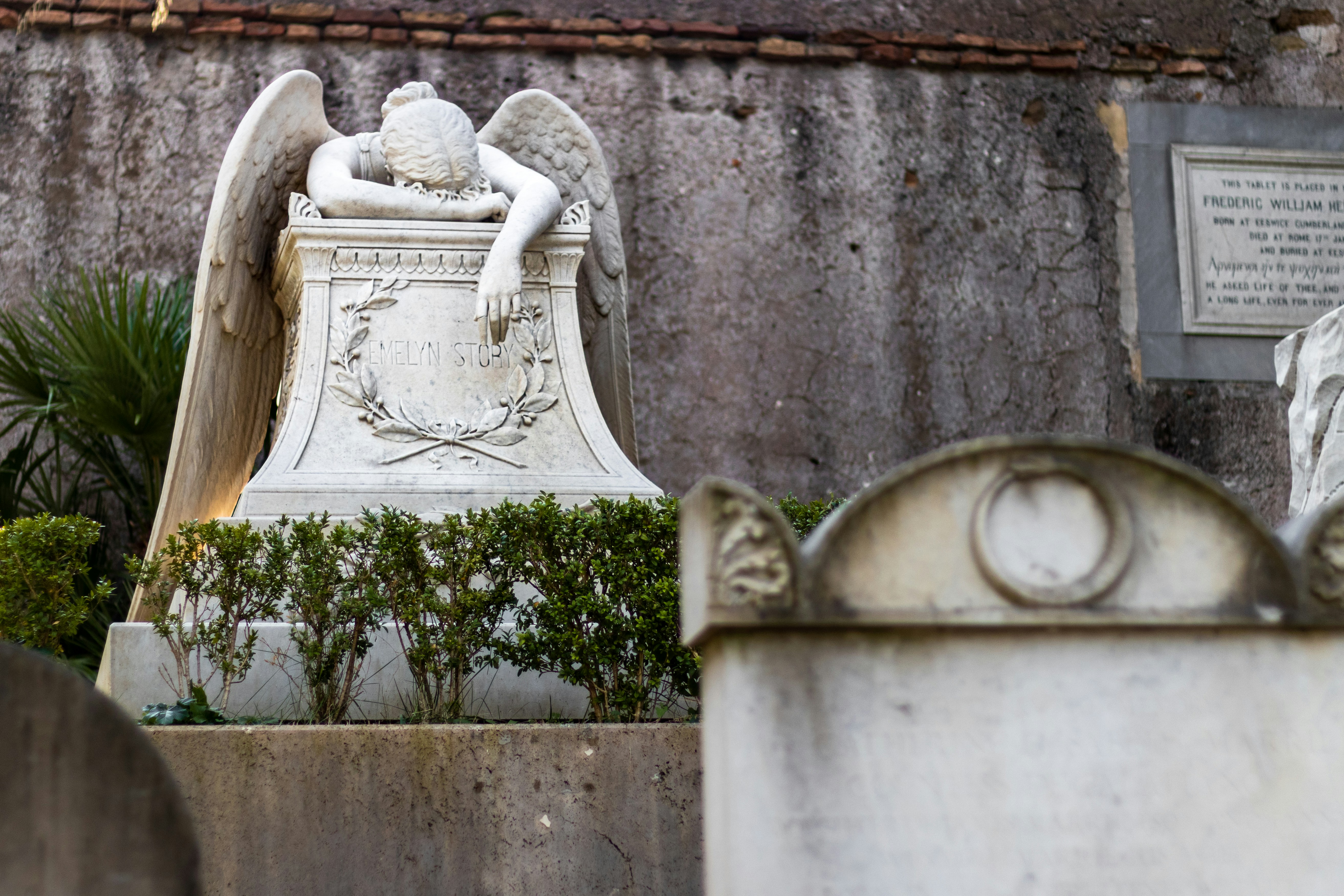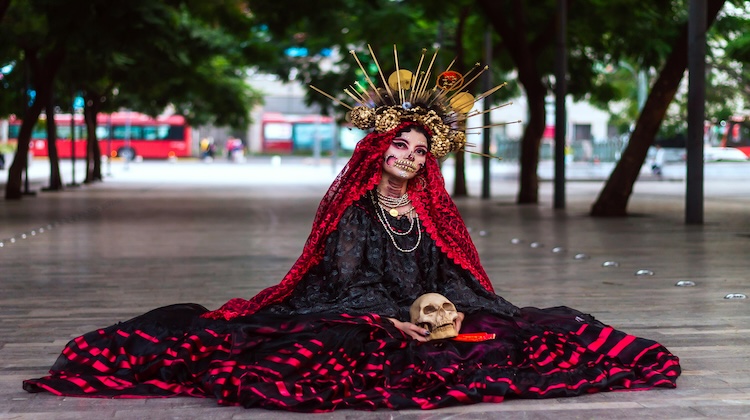For Portuguese learners, these holidays are not only fascinating but also a great opportunity to expand vocabulary and connect with culture.
Halloween in Portugal, Switzerland, and the United States
In Portugal, Halloween (Dia das Bruxas) is becoming more popular, especially among children and teenagers. Schools, shopping centers, and local communities organize parties where kids wear costumes (disfarces), carve pumpkins (abóboras), and say “doces ou travessuras” (trick or treat).
In Switzerland, Halloween is less traditional but still present in some areas, often influenced by international culture. Families may decorate with lanterns or autumn symbols rather than big costume parties.
In the United States, Halloween is one of the biggest annual celebrations. Streets are full of children in costumes, houses decorated with spider webs and skeletons, and families giving out candy. Compared to Portugal and Switzerland, the American version is much larger in scale and deeply embedded in popular culture.

Learning tip: Create a short vocabulary list in Portuguese for Halloween:
1. Teia de aranha - Spider web
2. a bruxa - The witch
3. o fantasma - The ghost
4. os morcegos -The bats
5. os doces - The sweets /candy
6. o esqueleto -The skeleton
7. a abóbora - The pumpkin
8. a lápide - The gravestone
9. o gato negro / preto - The black cat
10. o traje / a fantasia - The costume
October Holidays in Portugal
Portugal celebrates an important historical holiday on October 5th: Implantação da República. On this day in 1910, the monarchy was replaced by a republic. Today, it is a national holiday, though the celebrations are quieter compared to past decades. For learners, this is a chance to explore words like república, história, and liberdade (freedom).
At the very beginning of November, Portugal observes Dia de Todos os Santos (All Saints’ Day) on November 1st. It is a deeply rooted Catholic tradition. Families visit cemeteries to honor loved ones, bringing flowers (flores) and lighting candles (velas). In some regions, children go from door to door asking for small gifts of bread, nuts, or sweets, a tradition known as Pão-por-Deus.
For learners, this holiday introduces meaningful words such as santos (saints), cemitério (cemetery), and tradição (tradition).

Autumn Holidays in Switzerland
In Switzerland, October marks the harvest season. Local communities celebrate with fairs, markets, and food festivals. Soon after, on November 1st, Allerheiligen (All Saints’ Day) is observed in Catholic cantons. Families visit cemeteries to honor loved ones, a tradition very similar to Portugal’s Dia de Todos os Santos.
A Cultural Comparison
- Portugal: National history (October 5th) + Catholic traditions (All Saints’ Day). Halloween is growing but secondary.
- Switzerland: Harvest festivals + Catholic traditions. Halloween is optional and less widespread.
- United States: Halloween dominates October with strong cultural and commercial presence. Historical or religious holidays are less central this month.
November Holidays in Portugal
🕯️ All Saints’ Day in Portugal: Then and Now
All Saints’ Day (Dia de Todos os Santos) is celebrated on November 1st in Portugal. It is a Catholic holiday dedicated to honoring all the saints and remembering loved ones who have passed away.
The Tradition Today
On this day, families visit cemeteries to clean and decorate the graves of relatives. It is common to place fresh flowers (flores) and light candles (velas) as symbols of respect and remembrance. The atmosphere is calm, reflective, and deeply rooted in family values.
In some regions, especially in rural areas, children continue a tradition similar to trick-or-treating. They go from door to door asking for small gifts of food, such as bread, nuts, fruit, or sweets. This is known as “Pão-por-Deus” (“Bread for God”).
How It Used to Be
In the past, All Saints’ Day was an even more important event in Portuguese life. Families would gather not only in cemeteries but also at home, preparing special meals to share. The “Pão-por-Deus” tradition was stronger: children carried cloth bags and recited rhymes when asking neighbors for offerings. Instead of candy, they often received chestnuts (castanhas), pomegranates (romãs), or homemade bread.
For many older generations, this tradition was their childhood version of what Halloween later became in other countries.
Cultural Note
Although Halloween has grown in popularity in Portugal in recent years, All Saints’ Day remains a more traditional and widely observed occasion. It reflects Portugal’s Catholic roots and shows how Portuguese culture combines solemn remembrance with community sharing.

Why This Matters for Language Learning
Exploring these traditions helps learners understand not only new words but also the cultural mindset behind the language. Talking about history, food, or even spooky creatures in Portuguese makes the learning process richer and more memorable.
This comparison shows how the same time of year can have very different meanings depending on the culture and new generations.







